Bread and beer, along with meat, were the staple foods of north west Europe. The Fitzwilliam accounts not only allow us to examine, on a daily basis, the consumption of these vital foods. More unusually, the records also reveal exactly how the bread and beer were made.
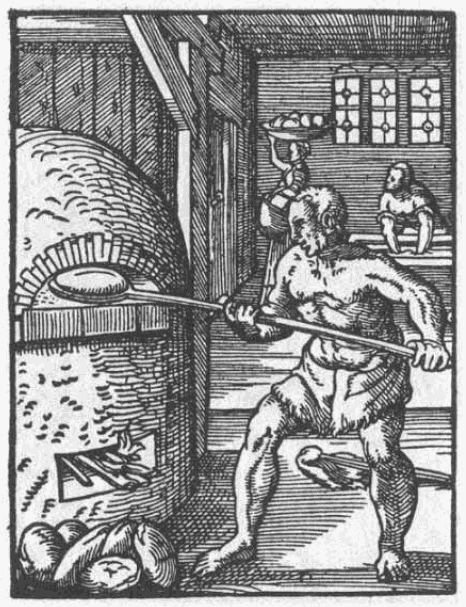
At Dublin Castle, the bakers produced three types of bread. At the bottom of the hierarchy was ‘workman’s bread’ or ‘coarse cheat’, made from crudely sieved wheat flour and bran. Almost of all this was sent to one of the lord’s country estates, presumably to feed the farm labourers. The bakehouse’s stock loaf was ‘yeoman’s bread’, known elsewhere as ‘fine cheat’, made with the same flour but without bran. Each loaf weighed 20oz (567g) when it came out of the oven. At the top of the pile was ‘manchet’, a small boule weighing 7oz (198g) and made with the finely sifted, white flour.
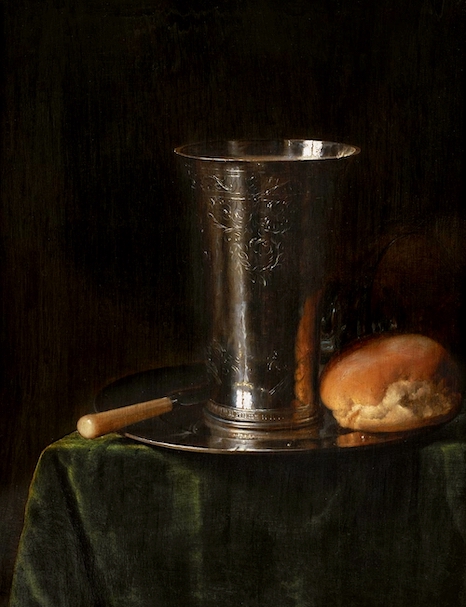
Bread consumption was bound up with social status. In 1574, the Dublin Castle household got through 32,190 loaves of yeoman’s bread and 36,773 manchets. But, by weight, the latter accounted for just 29% of the bread eaten that year. The whitest loaves were likely reserved for the top tables, where the lord and his family, high-ranking guests, and the household’s leading officeholders dined. Intriguingly, the proportion of manchets fell during Fitzwilliam’s second term of office in the 1590s. As there is no sign that the household shrunk significantly in size, the most probable explanation is that, due to unsettled weather, poor harvests, and resulting price inflation that affected much of Europe, wheat flour became even more prized.
Right: A page from the full year accounts up to April 1591, showing the amount and types of bread baked at the Castle.

Around the same time, elite households in England were cutting back on white bread and adding alternative grains, like rye and barley, to their loaves. Fitzwilliam’s bakers only ever used wheat. What does this tell us? Firstly, that even in straitened times, there was plenty of wheat cultivated within Ireland, despite stereotypes peddled by foreign commentators that the Irish only ate flat breads made of oats. Secondly, the castle accounts suggest that keeping the lord’s boards laden with wheaten bread was a priority. This might have been a reflection of taste, but it also highlighted Fitzwilliam’s preferential access to the country’s resources and maintained the impression that his residence was fed with the choicest morsels.

Oats, however, were extremely important for brewing. The household accounts tell us how much and what types of malt were used, the quantities of hops that were added, and how much beer was produced. For a number of years, we have these details on a weekly basis. FoodCult used these accounts to underpin the most comprehensive reconstruction and analysis to date of a sixteenth-century beer. In 1574, the standard Dublin Castle beer recipe used an equal volume of oat malt and barley malt, with a good dose of hops imported from the Low Countries.
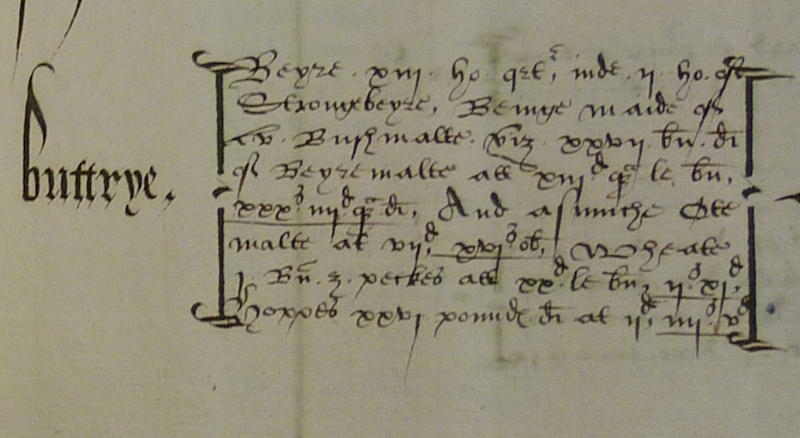

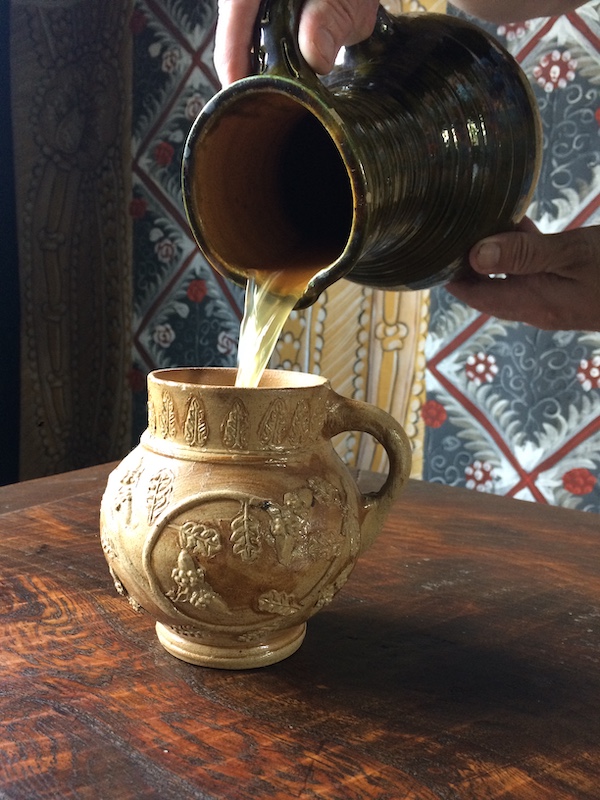
This style was broadly typical in this part of Europe, where oats remained an important ingredient. The lord deputy’s brewers either made both ‘strong’ and ‘ordinary’ beer from the same grains, or they blended the washes together to make what might be called an ‘entire’ beer. Like the manchets, the stronger stuff was likely kept for the lord and his closest circle. This was also true of the ‘March beer’, produced in the 1590s with extra malt and hops to increase its keeping qualities. From our brewing experiment, we know that the ordinary and entire drinks were a hazy gold colour and lightly bitter, with an ABV of just over 5%.
The Castle’s residents got through a vast amount of this beer and bread. It is hard to be certain how many people were dining each day, because the number of messes served laid at dinner and supper does not account for all the food consumed or those at the lord and officers’ tables. But, even if we take a high estimate of 100 daily diners based on Fitzwilliam’s list of wage-earners, the food available to individuals was impressive.
Each member of the household could have eaten 1.5 pounds of bread and drunk 5.7 pints of beer on average every day. This shows the lord deputy was able to provide his followers with the hefty quantities of essential foods typical of ordinary diets in this period. The values are broadly in the range of what was consumed by soldiers, sailors, skilled workmen, farm labourers, and workhouse inmates.
Dublin Castle consumption daily consumption in 1574, based on 100 diners
Yeoman’s bread — 1.1 pounds
Manchets – 0.4 pounds
Beer — 5.7 pints
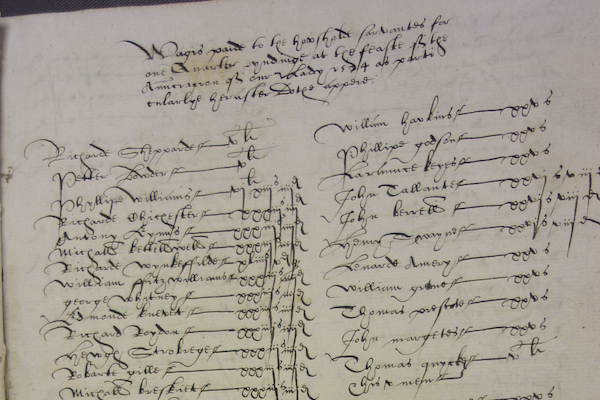
A quarterly list of staff wages from 1574.
These core foods give us a sense of the scale of dining at Dublin Castle and how it ebbed and flowed over the course of the year. The chart below shows the combined weight of manchets and yeoman’s bread served on each day in 1574. This serves as a useful barometer for overall consumption.
The moments of low consumption were when the lord was away, like during the summer. The few spikes coincide with festivals, such as Christmas, and occasions when Fitzwilliam hosted guests. These guests included the Earl of Essex in February and March, and two unnamed earls who dined with the lord deputy at nearby Kilmainham on 12 June, the biggest feast of the year. In aristocratic culture, hosting guests and accepting an invitation was a way of solidifying social ties and reinforcing hierarchies of status.

